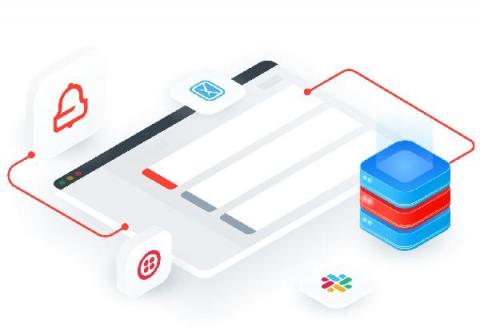How to get the size of all your Azure Storage Accounts
Do you really ever know how much Azure Storage you are consuming or how many Azure Storage Blobs you have in each of your Storage Accounts? Perhaps you just need an overview of your Azure Storage Account Consumption, including things like the number of Blobs per storage account, Number of Containers, and the Azure Blob Storage Capacity used. All this information is quite easy to gather from one of the several reports available in Cloud Storage Manager.











